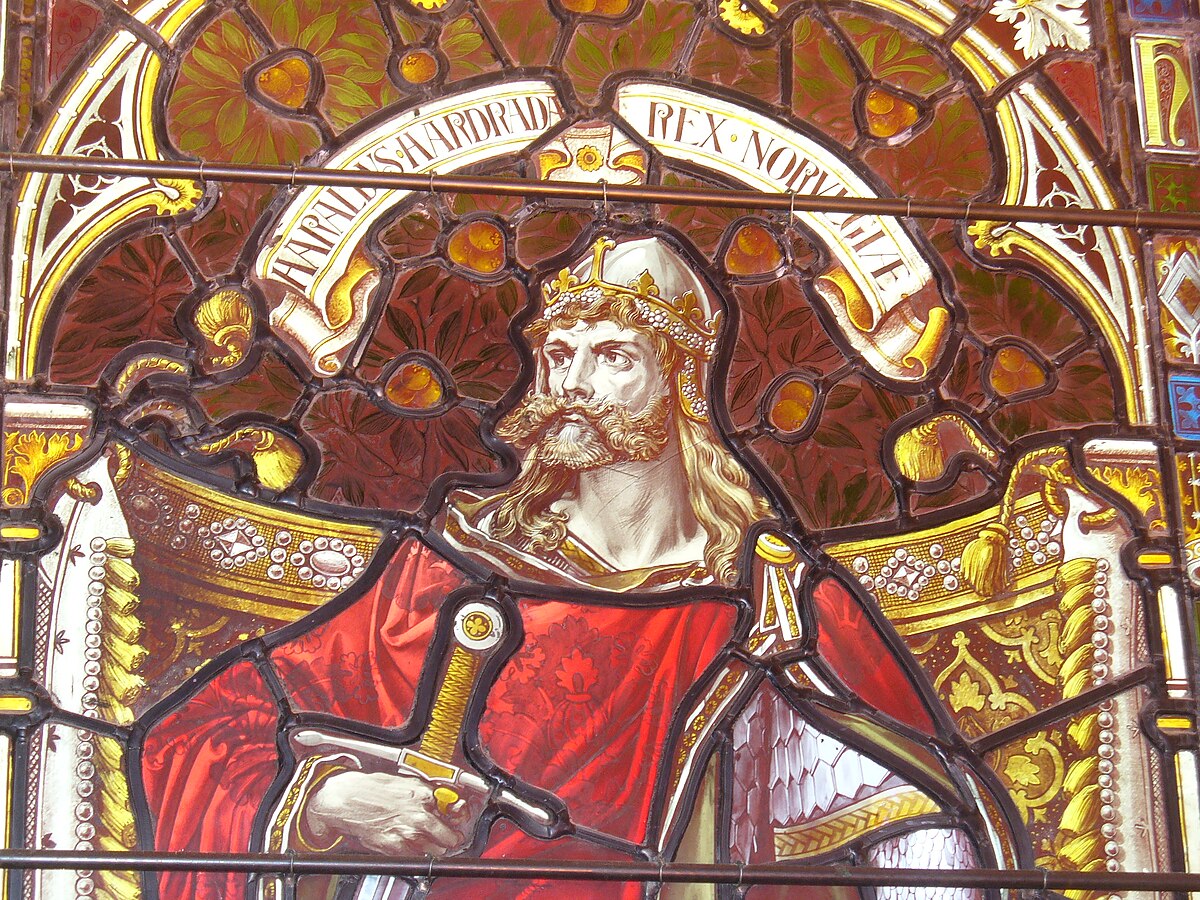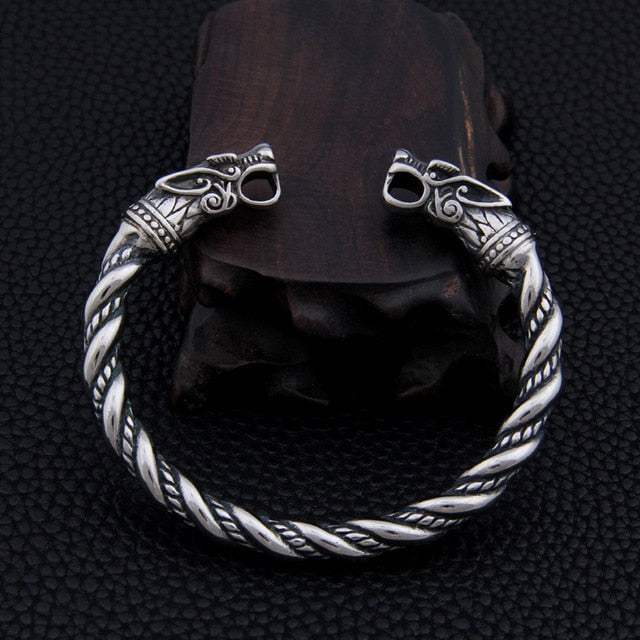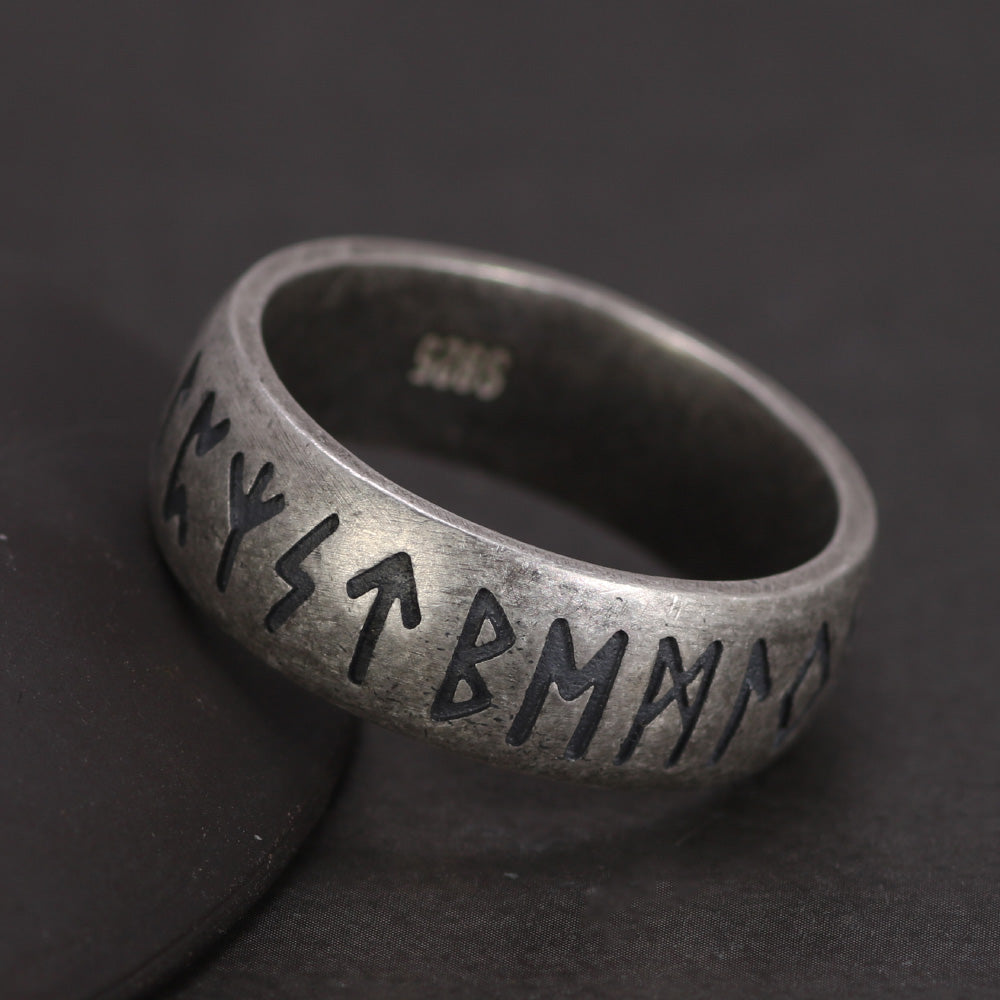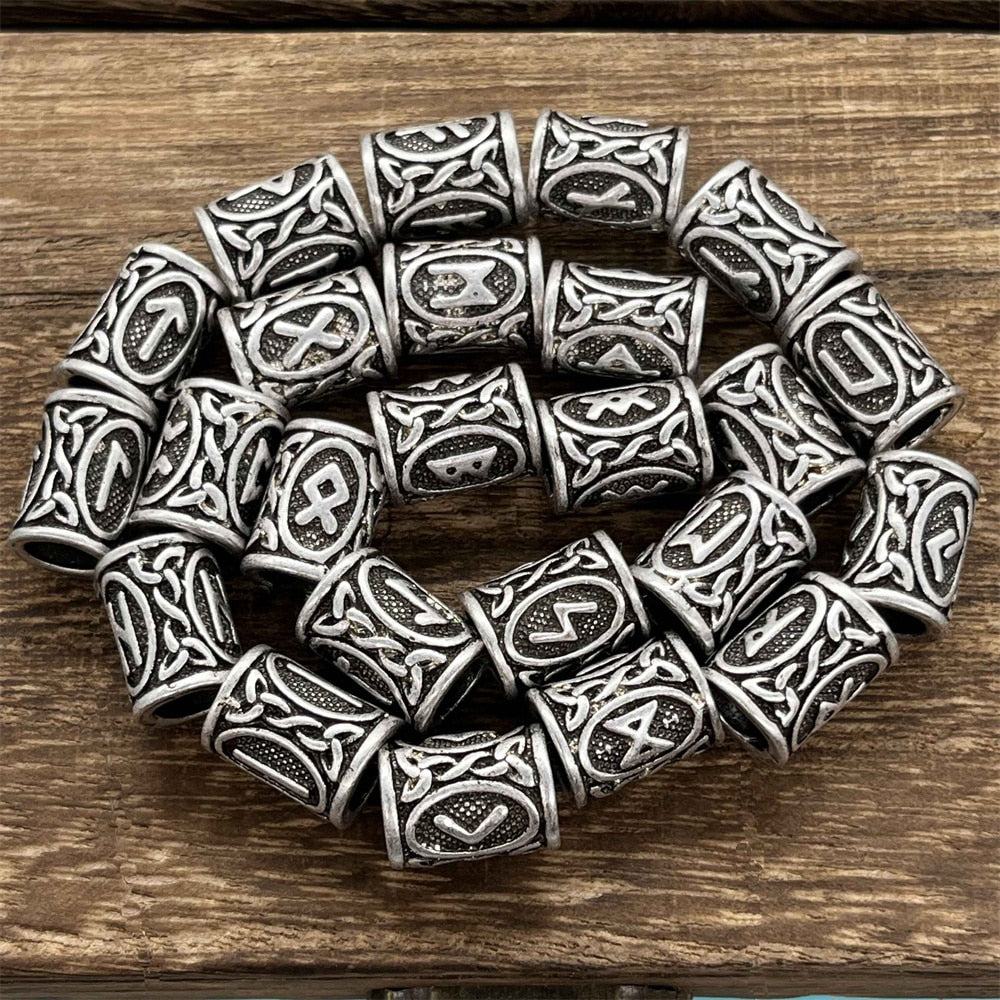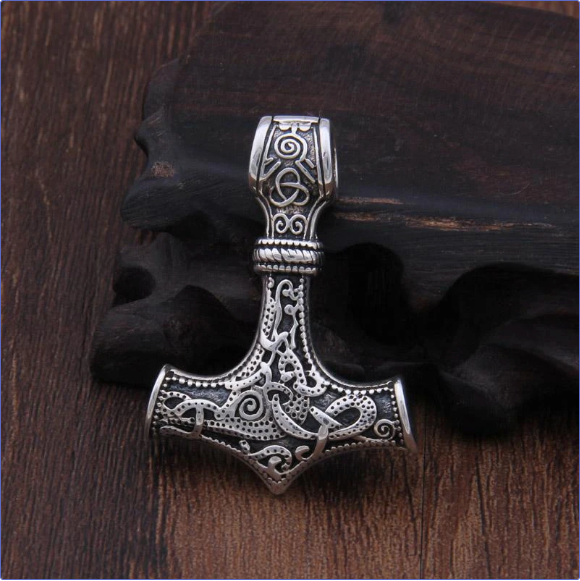In the annals of medieval history, few figures capture the imagination like Harald Hardrada—the last great Viking king. A towering presence both literally and figuratively, Harald Sigurdsson, known as Hardrada ("hard ruler"), led a life that reads more like a saga than sober historical record. Warrior, exile, mercenary, king, and invader—Harald’s story is one of ambition, resilience, and ultimate downfall at the Battle of Stamford Bridge in 1066, a moment that many historians mark as the end of the Viking Age.

Early Life and Exile
Born around 1015 in Norway, Harald was the half-brother of King Olaf II (later Saint Olaf). His early years were shaped by turmoil, as his family struggled to assert dominance over Norway amidst Danish expansion. At the Battle of Stiklestad in 1030, Olaf was killed, and the 15-year-old Harald fled into exile after fighting alongside his brother.
What followed was an extraordinary period in Harald’s life. He found his way to Kievan Rus, where he served under Prince Yaroslav the Wise. Harald later traveled to Byzantium, where he joined the Varangian Guard, an elite unit of Norse mercenaries who protected the Byzantine emperor. His time in Byzantium (c. 1034–1042) was both lucrative and formative, providing him with a wealth of military experience and a fortune in gold—both of which would prove vital when he returned to Norway.
Return to Norway and Rise to Power
By 1045, Harald had amassed enough wealth and reputation to return to Norway and claim a stake in the throne. He partnered with his nephew Magnus the Good, who had become king of both Denmark and Norway. However, the co-rule was uneasy. Harald’s ambition and Magnus’ legitimacy clashed until Magnus’ death in 1047, leaving Harald as the sole ruler of Norway.
Harald’s reign (1046–1066) was marked by centralization of power, suppression of local chieftains, and numerous attempts to conquer Denmark. Though he failed to secure the Danish crown, Harald established a strong and stable kingdom in Norway, enforcing royal authority and promoting economic and legal reforms. His rule earned him respect but also the nickname Hardrada, reflective of his stern governance.

The Road to England
In 1066, Harald embarked on his most ambitious campaign: the invasion of England. The death of Edward the Confessor earlier that year had plunged England into a succession crisis. While Harold Godwinson had been crowned king, rival claims came from William of Normandy and, crucially, Harald Hardrada, who asserted that he had a legitimate claim through an agreement between earlier monarchs.
Encouraged and aided by Tostig Godwinson, Harold’s exiled brother, Harald launched a massive invasion force, sailing from Norway with a fleet of over 300 ships and approximately 10,000 men. The campaign initially met with success. Harald captured York after defeating a northern English force at the Battle of Fulford on 20 September 1066.

The Battle of Stamford Bridge
However, fate turned swiftly. Just five days after the victory at Fulford, Harold Godwinson marched his army north from London with remarkable speed, catching the Norwegians by surprise. On 25 September 1066, the two forces clashed at the Battle of Stamford Bridge.
According to chroniclers, the Norwegians were unprepared, many without armor due to the unseasonal heat. Despite fierce resistance, including legendary tales of a giant Norse warrior holding a bridge single-handedly, the battle was a disaster for the invaders. Harald Hardrada was killed early in the fight, reportedly pierced through the throat by an arrow. His death marked the end of the Viking dream of conquering England.
Only 24 ships out of the original fleet returned to Norway. Three weeks later, William of Normandy invaded and defeated Harold Godwinson at the Battle of Hastings, forever changing the course of English history.
Legacy
Harald Hardrada’s legacy is complex. In Norway, he is remembered as a nation-builder and lawgiver, someone who laid the foundations for a more centralized monarchy. Internationally, he is often romanticized as the last great Viking warrior—a man whose life bridged the pagan warrior culture of Scandinavia and the emerging Christian kingdoms of medieval Europe.
His adventures in Byzantium, his rule in Norway, and his dramatic end in England make him one of the most compelling figures of the 11th century. While his dreams of an English crown died on the battlefield, his legend lived on in the sagas and chronicles that followed.
In a poetic sense, Harald Hardrada’s death marked the end of the Viking Age, which had begun nearly three centuries earlier with the raid on Lindisfarne in 793. The world was moving on—toward feudalism, central monarchies, and a Europe reshaped by Christianity. But Harald’s life remains a vivid reminder of the ambition, courage, and complexity of the Viking spirit.

References:
Haywood, John. Northmen: The Viking Saga, AD 793–1241. ISBN: 9781250231317
Jones, Gwyn. A History of the Vikings. ISBN: 9780192801340
Kelly DeVries. The Norwegian Invasion of England in 1066. ISBN: 9780851157637
